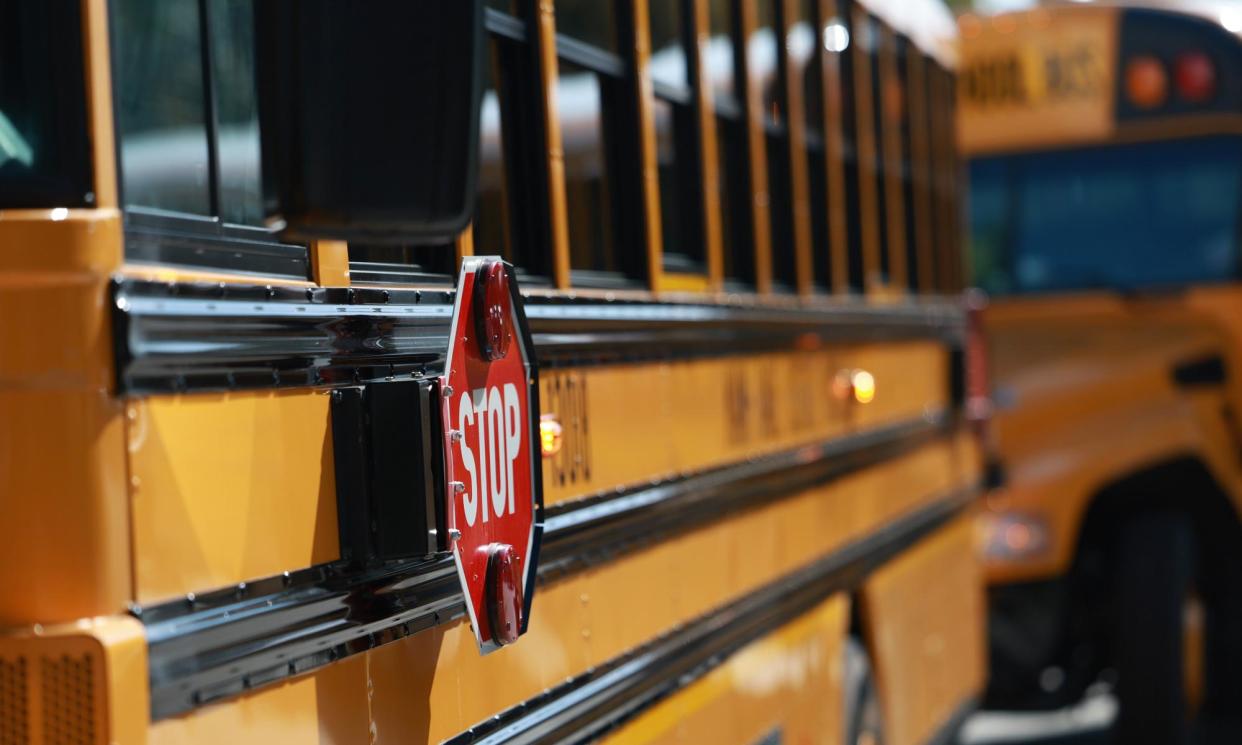Children from low-income families in US more likely to miss school for health reasons

Children in low income households are more likely to be chronically absent from school for health reasons, according to a new report from the National Center for Health Statistics (NCHS).
The finding adds a new piece to the puzzle for schools trying to combat chronic absenteeism – a post-pandemic phenomenon that has become a major concern.
Several studies have shown that chronic absenteeism, a term alternatively defined as missing 15 or 18 days over the school year depending on the study, has nearly doubled between 2019 and 2022.
“School attendance is associated with improved health not only in childhood, but into adulthood,” said Lindsey Black, a researcher with the NCHS Division of Health Interview Statistics, who authored the report. With recent increases in absenteeism, NCHS wanted to delve into the details of exactly which students were missing more school.
Black found that 7.9% of children living below the national poverty line ($23,030 for a family of three) missed school for health reasons to be considered chronically absent, including for injury, illness or disability, compared with children whose families earn double the limit.
Black used the US Department of Education’s definition of 15 days or more for chronic absenteeism. The report is based on data from the National Health Interview Survey, which is a nationally representative sample of more than 7,000 families.
T
Absenteeism has emerged as a major challenge to public schools in the post-pandemic era, with several independent pieces of research finding a near-doubling in “chronic absenteeism”.
“Critically, the most recent data suggests chronic absenteeism is far above pre-pandemic baselines,” said Thomas Dee, an economist who studies education and school absenteeism, and is a professor at Stanford University’s graduate school. Dee, who was not involved in the study, said the new data adds detail but is, “far from the whole story”.
A recent report by Dee in the Proceedings of the National Academy of Sciences (PNAS) found chronic absenteeism, defined in that research as missing more than 18 days, nearly doubled between 2019 and 2022 from 14.8% to 28.3% respectively. That implies that an additional 6.5 million of the nation’s students were chronically absent in 2022.
Critically, researchers are still working to understand why children are missing so much school. Dee said his preliminary hypothesis is that the coronavirus pandemic may have changed norms, and he drew a line connecting school attendance behaviors and the new predominance of hybrid work arrangements.
“I’m inclined to credit some type of norm reduction among American students and families,” said Dee. “In other words, some deterioration in how they value school attendance in the wake of the very traumatic experiences we had during the pandemic.”
While there is more evidence to suggest that the problem of chronic absenteeism is not getting worse, researchers have also found it has not gotten substantially better in 2023.
The NCHS report builds on findings released in late February, which found the rate of children chronically absent for health reasons nearly doubled between 2019 and 2022 from 3.3% v 5.8%.


